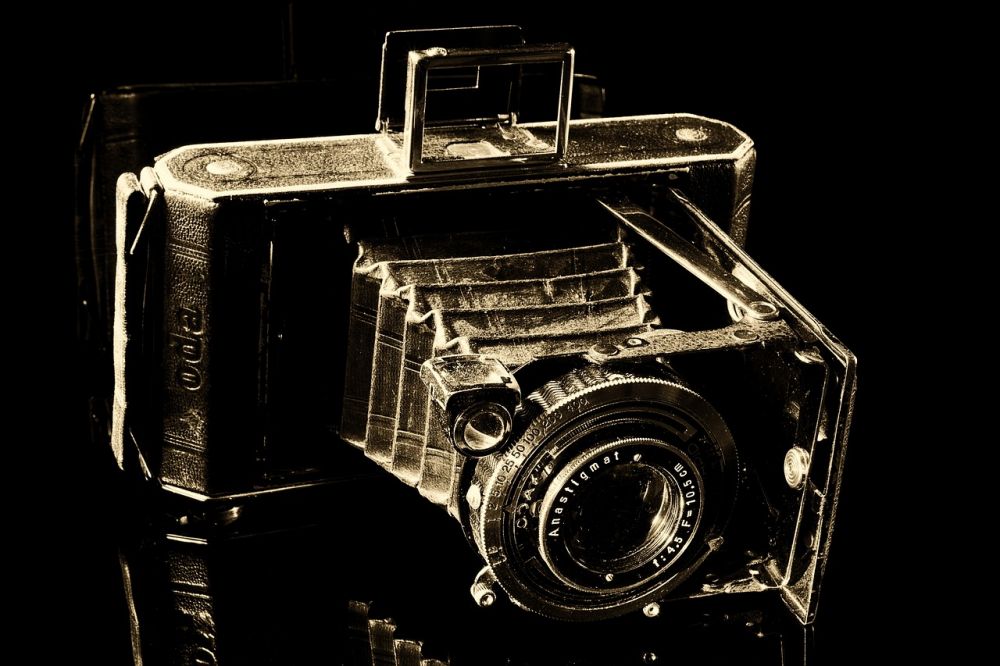Amsterdam Film: A Journey Through Time and Culture

Introduction
Amsterdam film is a captivating and multifaceted subject that has enthralled movie enthusiasts for decades. Whether you are a cinephile, a traveler, or someone who simply appreciates the magic of cinema, exploring the world of Amsterdam film is an adventure worth embarking on. In this article, we delve into the essence of Amsterdam film, its rich history, and what makes it a unique and compelling experience for movie lovers worldwide.
The Evolution of Amsterdam Film

Amsterdam’s cinematic story begins in the late 19th century when the Lumière brothers introduced their groundbreaking invention, the cinematograph, to the Dutch capital. The first official movie screening took place in 1896, marking the beginning of Amsterdam’s love affair with the silver screen. Since then, the city has played a significant role in the development of both Dutch and international film.
1. Early Years (1890s-1940s):
– The birth of Dutch cinema: The early years were marked by pioneering Dutch filmmakers such as Alberts Frères and Max de Haas, who produced a variety of short films showcasing Amsterdam’s landscapes and cultural heritage.
– The rise of Dutch silent films: Silent films dominated the scene during this period, with Amsterdam-based studios like Filmfabriek Hollandia gaining international recognition for their productions.
2. The Golden Age of Dutch Cinema (1950s-1970s):
– The Dutch New Wave: This era witnessed a surge of creativity and innovation in Dutch filmmaking, spearheaded by directors such as Fons Rademakers and Paul Verhoeven. Their films, including the critically acclaimed “Turkish Delight” and “Soldier of Orange,” explored previously taboo subjects and emphasized realism.
– International collaborations: Amsterdam became an attractive filming location for international productions during this time. Movies like the beloved James Bond film “Diamonds Are Forever” and George Sluizer’s “The Vanishing” utilized the city’s picturesque backdrop to enhance their narratives.
3. Contemporary Amsterdam Film (1980s-Present):
– Diversity and multiculturalism: The 1980s onwards saw an increased focus on representing Amsterdam’s diverse society on the big screen. Films like “Spetters” and “Amsterdam Global Village” shed light on the city’s evolving cultural tapestry.
– Dutch filmmakers on the global stage: Directors such as Paul Verhoeven and Alex van Warmerdam gained international acclaim, with Verhoeven’s “RoboCop” and Van Warmerdam’s “Borgman” making waves at prestigious film festivals worldwide.
– Amsterdam as an international film hub: The city’s film infrastructure and facilities have attracted major film productions, including blockbusters like “Ocean’s Twelve” and “The Fault in Our Stars,” which further elevated Amsterdam’s status as a renowned filming location.
The Essence of Amsterdam Film
Amsterdam has a unique charm that permeates its films, making them distinct and captivating. Several factors contribute to the essence of Amsterdam film, ensuring it remains a cherished cultural phenomenon:
1. Scenic beauty: The iconic canals, charming bridges, and picturesque architecture provide an enchanting backdrop for many films set in Amsterdam. From romantic comedies like “The Fault in Our Stars” to thought-provoking dramas like “Amsterdamned,” the city’s aesthetics enhance the cinematic experience.
2. Cultural heritage: Amsterdam’s rich history and vibrant culture are central to many films set in the city. Directors often explore themes such as Dutch identity, tolerance, and societal issues, offering audiences a deeper understanding of the city’s psyche.
3. Creative freedom and innovation: Amsterdam film has been at the forefront of creative experimentation, pushing boundaries and defying conventions. Filmmakers have embraced unconventional storytelling techniques, allowing their narratives to break free from traditional structures.
Conclusion
Amsterdam film is an enthralling journey that spans over a century, showcasing the city’s ever-evolving cultural landscape and its undeniable allure. From its humble beginnings as a pioneering force in the early days of cinema to its current status as an international film hub, Amsterdam’s contribution to the world of film is immeasurable. The city’s scenic beauty, cultural heritage, and creative freedom continue to inspire filmmakers from around the globe, ensuring that Amsterdam film remains an integral part of cinematic history. So, whether you are a movie buff planning your next visit to the Dutch capital or an avid viewer looking for cinematic gems, Amsterdam film promises to captivate and leave an indelible mark on your cinematic journey.
















































